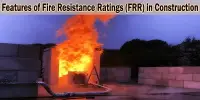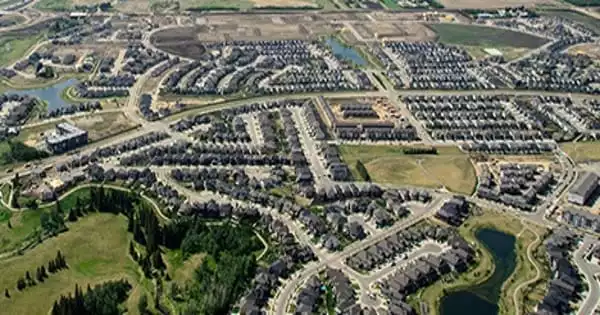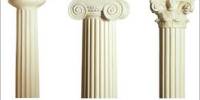An inflatable building is a structure comprised of two layers of membrane joined together, often using spars of the same material. These structures are often built of lightweight, flexible materials like PVC or nylon. The air is pushed into the cavity generated between the layers, resulting in a hard structural element capable of supporting enormous span buildings. They can be inflated and deflated as needed, making them extremely portable and simple to set up and take down.
The primary distinction between air-supported structures and inflatable buildings is that air-supported buildings require airlocks at all access points to prevent air loss when doors are opened, as the whole inhabited space of the building is pressurized. Inflatable buildings like this commonly serve sports, such as tennis and indoor golf.
Structure
An inflatable building only requires pressured air within the cavities of the walls and hence does not require airlocks since the occupied interior of the structure is at normal atmospheric pressure.
The air within the walls of an inflatable building becomes a true structural component of the construction. The membranes used in the construction of such buildings are often less than 1mm thick, hence the amount of membrane utilized in relation to the volume of air enclosed within the walls is extremely low (typically less than 0.5%). This makes inflatable buildings efficient in terms of raw materials used to produce them.
Inflatable buildings are extremely portable due to the tiny amount of material needed in their construction. When a building needs to be transported, the air may simply be let out, allowing the entire structure to be packed into a compact volume relative to its inflated size. The structure can then be readily moved to its new location and re-inflated.
There are various types of inflatable buildings, each designed for specific purposes:
- Inflatable Event Tents: These are commonly used for outdoor events such as festivals, trade shows, and exhibitions. They provide temporary shelter and can be customized in terms of size, shape, and branding.
- Inflatable Shelters: Often used for emergency situations or temporary housing, inflatable shelters can be quickly deployed to provide protection from the elements for disaster relief efforts or temporary accommodations.
- Inflatable Sports Structures: These include inflatable domes or arenas used for indoor sports such as tennis, soccer, or basketball. They offer a versatile solution for creating indoor sports facilities without the need for permanent structures.
- Inflatable Air Domes: Similar to sports structures, air domes are large inflatable structures used to cover outdoor spaces such as tennis courts, swimming pools, or recreational areas, allowing them to be used year-round regardless of weather conditions.
- Inflatable Buildings for Military Use: Military forces frequently use inflatable buildings as field hospitals, command centers, and temporary barracks. These structures may be quickly deployed in remote areas, providing critical facilities for military operations.
Advantages
Inflatable buildings have various advantages over typical brick-and-mortar constructions, including portability, rapid deployment, and cost-effectiveness. However, they do have limits, such as being prone to punctures and having limited durability in adverse weather conditions. Nonetheless, developments in materials and construction processes continue to broaden the potential uses of inflatable buildings across industries.
















